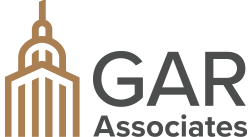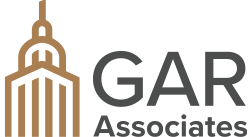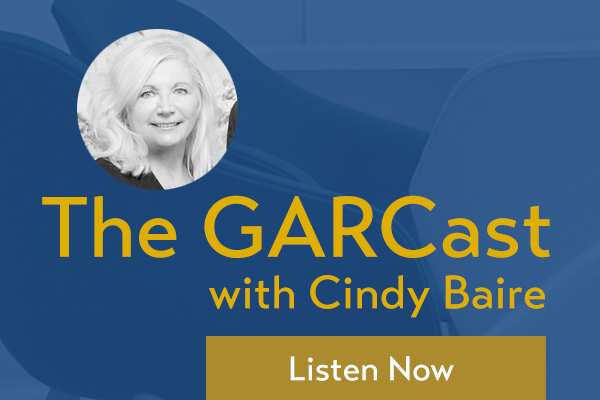
As New York City and the world around it consider a gradual reawakening, the focus on managing the threats to physical health assumes priority over everything else. Much less discussed, although profoundly significant, will be the way New Yorkers manage the emotional toll taken by the pandemic and the shelter in place order which has kept us all homebound for so many weeks. More than the illness itself (assuming we are careful enough not to set off a major spike in new cases), so much rests on how we feel about our changed reality.
Psychologists with whom I have spoken report a broad spectrum of reactions to the pandemic, from denial to terror. Most Americans fall somewhere in between, with fear of illness, fear of impending economic stress, and disorientation caused by this time out of time colliding against the desire to return to work and to “normal life.” Of course, there will be a new normal which will approximate but not imitate the world we lived in before. When will we go heedlessly to crowded restaurants, concerts, and sporting events again? Will we fear urban life, with all its attractions but with its inevitable and constant proximity to one another?
The closest parallel to our current circumstances can be found in the city’s recovery after 9/11. Then as now, many anxious New Yorkers spoke of leaving the city. Then as now, people feared large groups, concert halls, and stadiums; they felt apprehensive about the possible presence of an insidious and invisible enemy. Every package seemed a possible bomb, every subway stoppage a reason for anxiety. We had orange alerts, amber alerts, red alerts. Some people did leave the city for the perceived safety of suburban or exurban communities. Most of them returned a year or two later, missing the lively and diverse life which our great cities have always provided.
After three months of stunned paralysis, the post 9/11 real estate market surged into action as 2002 began. Pent up demand drove buyers in every price range, as they realized that they still wanted a life in the city. The reduced prices of the reviving market, which had dropped 10% to 15% over the fourth quarter of 2001, inspired a surge of moving up and moving in, both for those who wanted a larger home and those who had fled the city the previous September.
Do we have more to fear than fear itself? Yes and no. The suburbs will prove to be no safer than Manhattan. Vaccination will tame this virus, as it has tamed so many others. Little by little, world populations will develop immunity. Economic activity will come back to life, as industries, products, and services we don’t yet fully imagine spring up to deal with issues in the changed world. And our world will change, just as it did after 9/11, in ways we can now barely recall.
In today’s environment, the recovery will likely be slower. We will still be viewing properties in masks and gloves for the coming months, probably until the end of the third quarter, while the fourth quarter will be dominated by the Presidential election. Services will come back to life sporadically and gradually. But after spending so much time at home, many buyers will better understand how well their current environment works or doesn’t work for them. Many will want to move, and many will see opportunity in the reduced prices which will follow the pandemic. Feeling afraid, the biggest inhibitor to action and thus to economic activity will abate, as psychologists note it always does. A few years from now New Yorkers will simply be getting on with their lives, many in new homes bought in the wake of this crisis. The “new” normal will have become, simply, normal life.
Posted by Forbes




